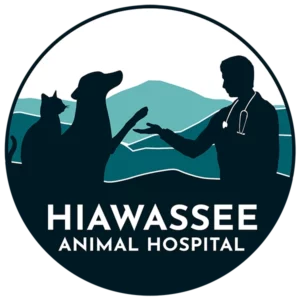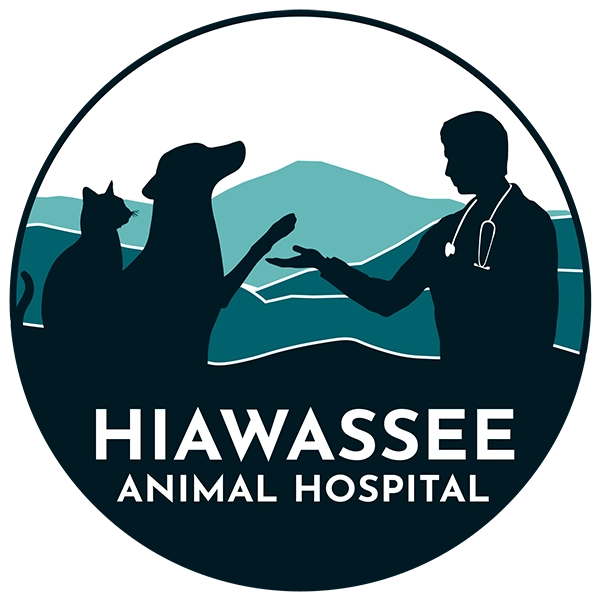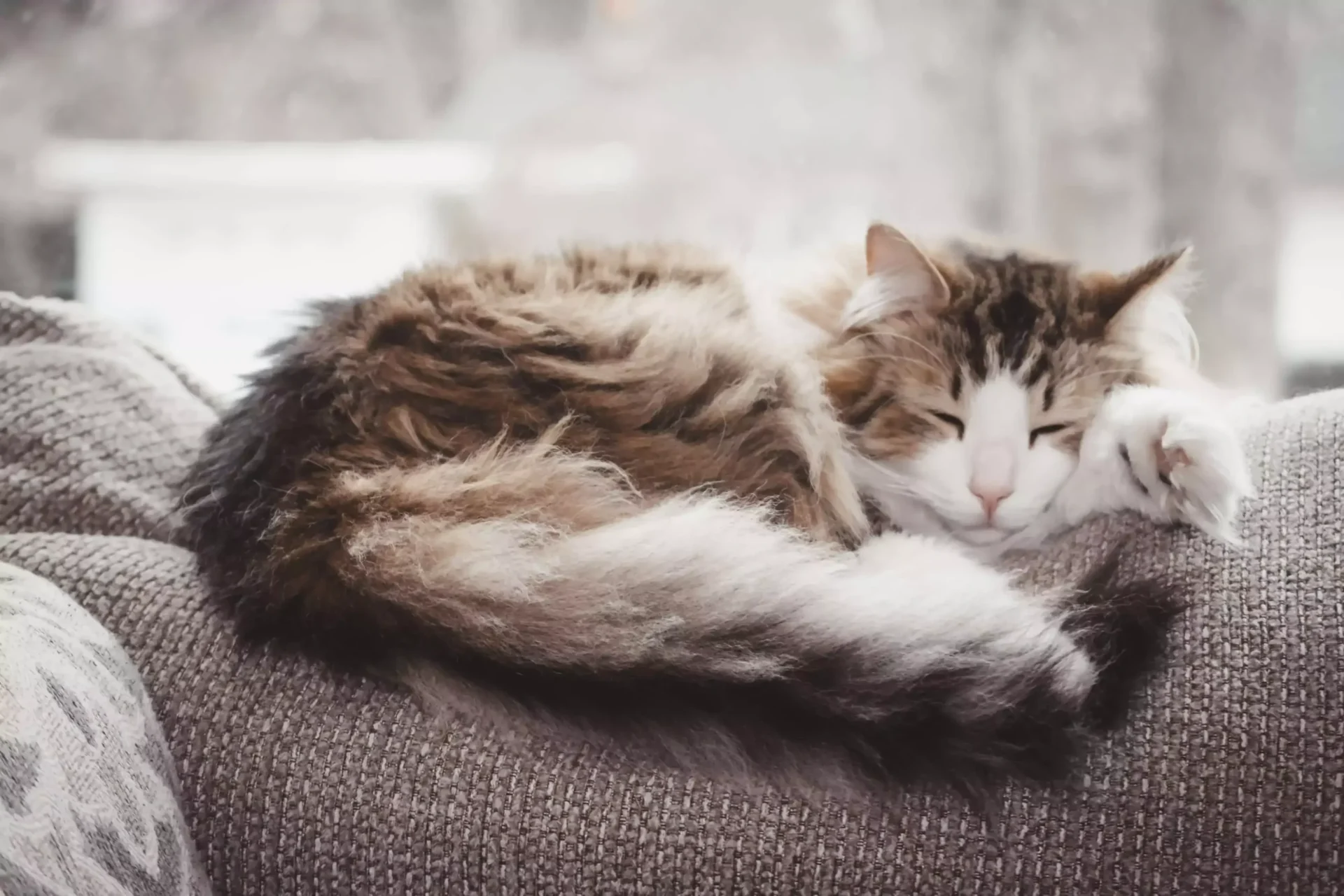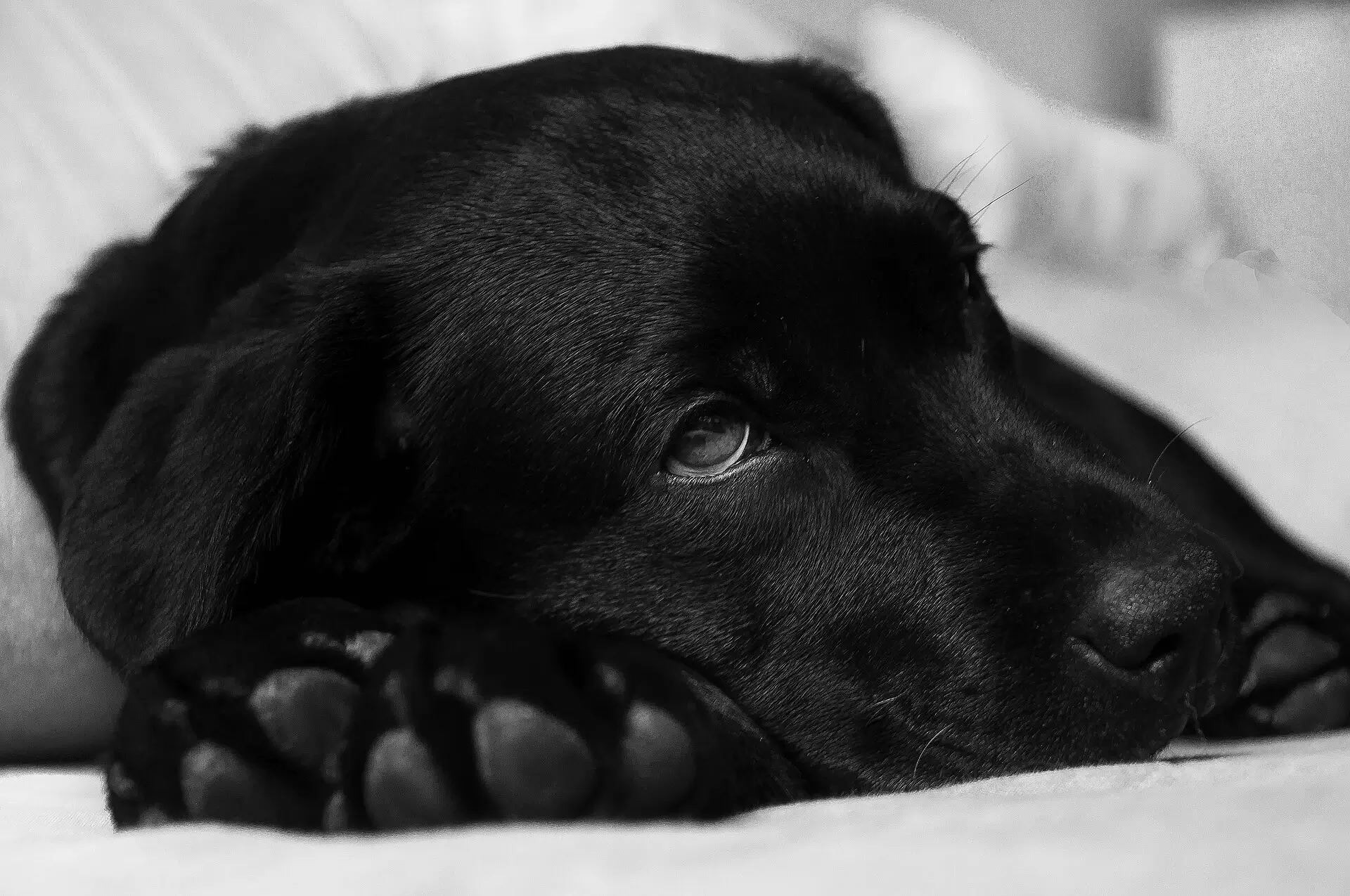February marks Pet Dental Health Month, shining a light on an aspect of pet care often overlooked. Dental problems can be just as painful for pets as they are for humans, if not more so. Unfortunately, pets lack the ability to communicate their discomfort or schedule dental appointments. This makes it crucial for pet owners to pay close attention and watch for signs of dental issues. In this article, a local Towns County, GA veterinarian shares insights on what to look out for, helping pet owners stay proactive in their pet’s dental health.
Dental problems are a frequent concern for our furry companions, and even the most attentive pet owner can miss warning signs. Common issues involve gum disease, abscesses, overcrowding, and misalignments. Dogs, particularly stick-loving ones like Fido, commonly suffer from cracked or broken teeth. Meanwhile, cats grapple with tooth resorption and feline stomatitis. Recognizing these issues is integral to proactive and responsible pet care.
Make sure your vet checks your pet’s teeth during regular appointments. Stay alert for warning signs in the meantime.
- Buildup of Plaque
The visible buildup of tartar is intimately connected, or paw in hand, with gum disease, sharing similarities with human dental issues. It begins with mild gum irritation, known as gingivitis, which can be reversed with attentive care. Regrettably, pets often miss out on this opportunity for reversal. As the condition progresses, tartar accumulates along the gumline, forming pockets of infection that lead to the sequential loss of gum tissue and then bone.
It’s vital to recognize that this is more than a cosmetic concern; gum disease carries real dangers. Apart from causing tooth shifting and loss, it’s associated with serious health conditions like heart disease and problems with the liver and kidneys. The infection can migrate from pets’ mouths to vital organs through the bloodstream.
Visible brown or yellow substance on your pet’s teeth may signify the need for a deep cleaning. This procedure eradicates tartar, fostering gum healing and reattachment. Consult your vet for further assistance.
- Stinky Breath
Despite not having minty-fresh breath, pets’ affectionate nose boops and smooches shouldn’t be off-putting. Persistent bad breath is a concern, potentially signaling various health issues.
- Bleeding Gums
Bleeding gums in pets, akin to humans, indicate gum disease. Even without evident changes directly visible on your pet’s gums, other signs might emerge. Look out for toy or dish smudges and dark fur stains near their mouth. These subtle indicators may signify underlying dental concerns requiring evaluation and treatment.
- Increased Drool
Some dog breeds naturally have a tendency to be slobbery. If you own a Bloodhound, Boxer, Great Dane, Saint Bernard, Mastiff, Retriever, or Basset Hound, you’re probably familiar with this trait in your furry friend. Nevertheless, if your pet, who doesn’t usually drool much, begins producing excessive, stringy drool, it may be a red flag for an underlying problem.
- It’s uncommon for cats to drool, so if you detect Fluffy dribbling, be mindful.
- Dribbling Food
Pets may not be the most precise eaters, but they usually manage to get food into their mouths. However, if your animal friend is suffering from dental problems, chewing may become uncomfortable or difficult. You might observe them accidentally dribbling food from the side of their mouth.
- Showing Preference to Soft Food/Treats
Chewing with a sore tooth is unpleasant. Hard food only aggravates the discomfort. You might notice Fido or Fluffy preferring softer options and ignoring their dry food. Your pet may also lose interest in hard snacks.
- Dwindling Interest in Playful Behavior
Fido’s penchant for play often includes using his mouth, meaning dental issues could disrupt his enjoyment of games like Fetch or Tug O War. Similarly, Fluffy might lose interest in batting at a catnip mouse or chasing after the elusive red dot if dental problems affect her willingness to play. Dental health significantly impacts pets’ enjoyment of activities.
- Swelling
Apparent swelling is a crucial indication. It not only denotes considerable discomfort for your pet but also points towards the existence of a potentially severe infection. Though all infections pose risks, those near the brain are especially worrying due to their proximity to vital organs. Urgent veterinary intervention is vital to address such severe health concerns.
- Evading Being Touched
Watch out if your pet starts avoiding head or face contact out of the blue. This is particularly concerning if your pet typically enjoys forehead rubs or ear scratches. Any sudden reluctance for these interactions may suggest underlying discomfort or pain, necessitating urgent veterinary attention.
- Moody Demeanor
Have you ever experienced a toothache? It probably didn’t improve your mood. Pain is universally unpleasant. If your furry companion suddenly behaves differently, retreating to a quiet spot and avoiding family interaction, it could indicate discomfort. In severe cases, pets may even growl or snap if their face or mouth is touched. Recognizing these signs promptly is crucial for addressing potential dental issues and ensuring your pet’s well-being.
- Mouth-Itching
This behavior is often seen in cats. You might notice your furry companion pawing at her mouth or face. While it may be a normal grooming behavior for Fluffy, if it seems excessive or out of the ordinary, it could indicate an underlying problem that requires veterinary attention.
- Raggedy Coat (Cats)
Cats are generally proficient at self-grooming, and Fluffy may invest hours daily in keeping her fur soft and clean. If your cat is enduring mouth pain, it may interfere with this routine. Ill cats often neglect their usual beauty habits, resembling the human tendency to feel unlike themselves when unwell. Observing changes in your cat’s grooming behavior serves as a crucial cue to diligently monitor and address potential health issues.
- Variations in Eating Routines
Another vital aspect to be highly attentive to would be any modifications or variations in your furry friend’s eating patterns or behaviors. As previously highlighted, while a preference for softer food may certainly warrant concern, it’s imperative to be mindful of supplementary cues. Your cherished pet may also demonstrate changes such as prolonged meal durations or fluctuations in their appetite.
- Decrease in Eating Desire
When pets endure severe dental pain, they may lose all interest in food, risking weight loss and potential malnutrition, which are serious health concerns. Reduced appetite can indicate various underlying health issues. Thus, it’s vital to seek immediate veterinary care if your pet exhibits signs of not eating. Timely intervention ensures proper management of their dental health and overall well-being, preventing further complications and facilitating a swift recovery.
- Sneezing
Dental issues frequently lead to complications in nasal passages or sinuses, resulting in abnormal nasal discharge, an anomaly for pets like Fido or Fluffy. Recognizing these signs is pivotal for timely veterinary intervention.
- Further Warning Signs of Dental Issues
The prevalent and most common warning signs are separately listed, but some are easily visible with the naked eye, such as:
- Inflammation
- Visible Abscesses
- Extra Teeth
- Missing Teeth
Don’t hesitate; contact your Towns County, GA veterinary clinic right away if you spot any of these signs.
Maintaining optimal dental health in pets is crucial as dental problems are widespread and frequently neglected. Recognizing warning signs such as tartar buildup, drooling, weight loss, bad breath, changes in eating habits, and visible swelling is essential. These signs indicate potential dental issues that, if overlooked, can lead to severe consequences for your pet’s overall well-being. Tartar buildup, for instance, can progress to gum disease and infections, affecting vital organs. Drooling, weight loss, and changes in eating habits may signify pain or discomfort. Bad breath can be indicative of underlying health issues. Swift action is imperative—contacting your vet promptly ensures timely intervention, preventing further complications and promoting a healthier, happier life for your pet.
Have you detected any of these signs in your pet? Please don’t hesitate to reach out to us at Hiawassee Animal Hospital in Towns County, GA. We’re more than happy to offer our support!



